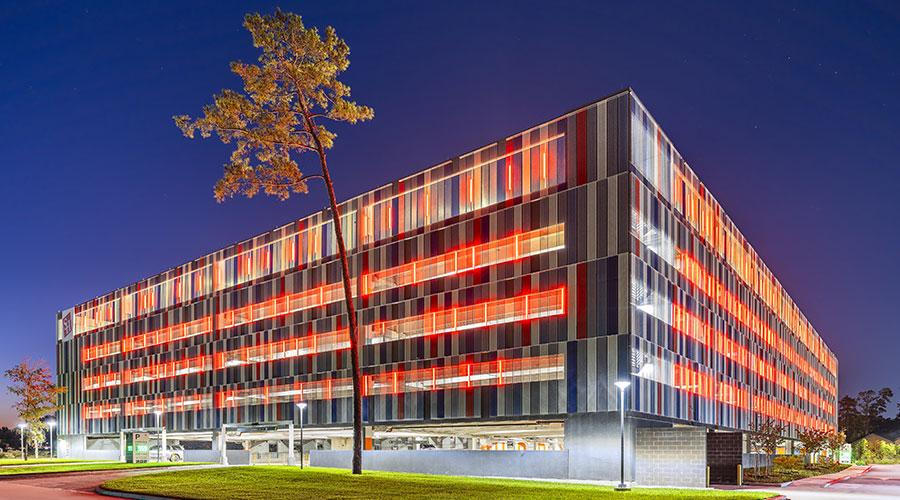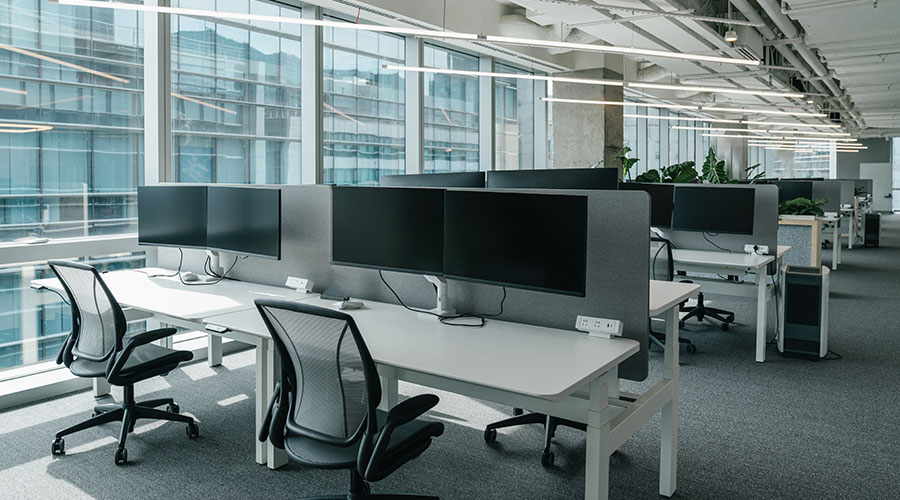Lighting Upgrades and Sustainability: Lighting Upgrades Go Green
REPORT PREPARED FOR enLIGHTen AMERICA
When the next electric bill comes due, take a good long look at it. Many organizations are spending as much as 38 percent of their monthly electric bills on lighting — which leaves a fair amount of room for efficiency improvements.
Even in today’s economic climate, facility executives have a good shot at persuading upper management to pay for lighting upgrades, knowing that simple payback periods can be as short as one year and can significantly lower monthly utility bills.
“Tell almost any CFO that they can save thousands of dollars a year in energy costs and have their investment returned this year or next, and you’ll have their attention,” says Ken Beale, director, marketing services, Hubbell Lighting. “Remind them that their annual energy savings will continue to grow each year with the cost of energy and they’ll take you to lunch.”
CFOs may already be somewhat aware of the potential for energy savings from lighting upgrades. “Just in the general market, compact fluorescent lamps (CFLs) and LEDs have been on the front page of newspapers around the country for the last 18 months,” says Keith T.S. Ward, president and CEO, Luminus Devices. “That’s driving more market penetration and making a lot of noise for facility owners as they become aware of what is really possible and the options available to them.”
Getting the Green Light
What’s more, lighting upgrades address another item that holds an increasingly significant place on the corporate agenda: sustainability. “Lighting upgrades can provide a large reduction in a building’s power consumption and its carbon footprint,” says Greg Bennorth, director, system projects, Universal Lighting Technologies. “Since lighting is 20 percent to 40 percent of a commercial building’s electrical load, the reduction obtained with a lighting upgrade can be very significant.”
In many cases, upgrading old lighting systems to state-of-the-art, energy-efficient solutions can cut operating costs, save energy and contribute to an organization’s goal of being environmentally responsible.
Several factors have made green initiatives a priority in many organizations. One is the falling first cost of green design strategies and technologies. What’s more, energy efficient green products offer life cycle cost savings that make them solid investments.
Beale points to a Wall Street Journal report on Citigroup’s efforts to green 92 million square feet of space. The company hopes to save $92 million a year — $1 per square foot — with energy-efficiency measures from taking advantage of available daylight to turning off lobby escalators when not in use.
But to achieve the best returns from a lighting upgrade, it’s important to look at life cycle costs. “Let’s look at the total picture, not the cheapest acquisition costs,” says Sandy (William) Bryant, CEO of Robertson Worldwide. “For the facility manager, there are some real long term benefits to be had there.”
In a green initiative, lighting upgrades often represent “low-hanging fruit” — proven measures that offer reliable, rapid payback with long term savings.
Related Topics:
















